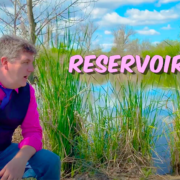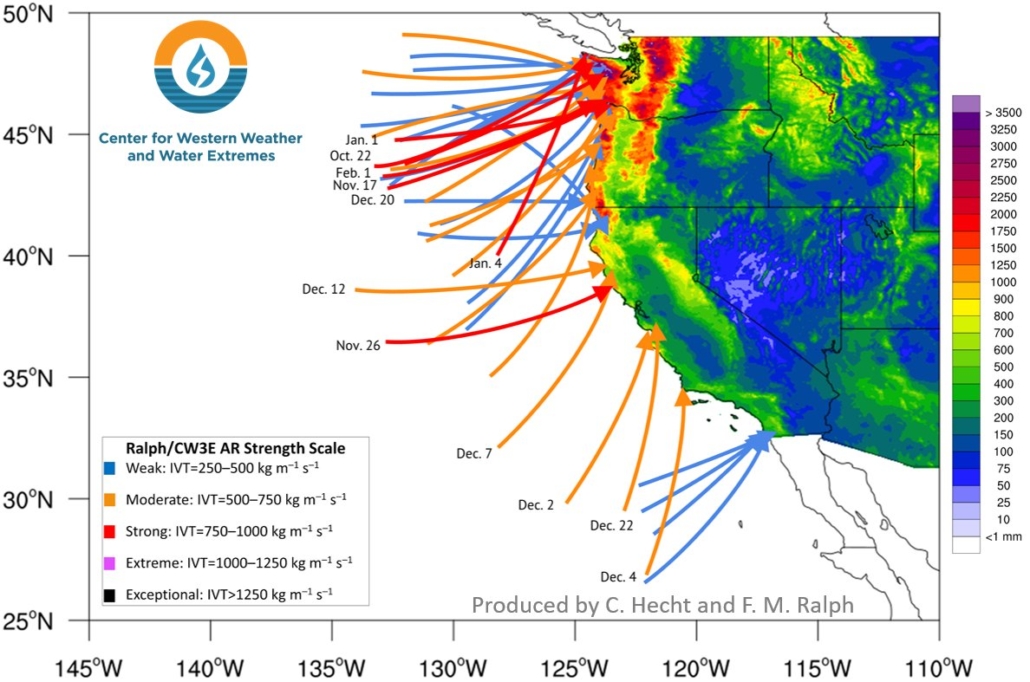Shows That Teach Creates Free Online Educational Videos
The San Diego County Water Authority’s long-running and highly popular school assembly programs are suspended as students nationwide stay home due to the coronavirus pandemic. To help students, parents and teachers continue learning about water and science, the Water Authority is partnering with Shows That Teach, a Southern California company that specializes in school education programs, to produce a series of free online educational videos.
The videos will feature topics like local water supplies in the San Diego region, how clean our tap water is, proper ways to wash hands, and more.
“Everything has changed for us water-education school-assembly performers,” said Mark Beckwith, founder of Shows That Teach. “With the schools closed, our young audiences have disappeared. So we simply changed our means, not our mission!”
The professional writers and performers at Shows That Teach are creating fun, informative and engaging online videos to address many water-related topics while holding the attention of young students who are learning from home.
“Just as with our live shows, if kids are not engaged, trying to ‘teach’ is pointless,” said Beckwith. “So our videos are produced in a fun YouTube style.”
Engaging educational videos
The educational videos will each be approximately six minutes long and will be released periodically in coming weeks. Along with water and science topics, the videos will address staying safe and healthy during the coronavirus pandemic and general character affirmations such as generosity for elementary school students.
For more than 30 years, the Water Authority’s school education program has been a core component of the agency’s community outreach efforts. The program has reached tens of thousands of students and teachers to improve water knowledge across the region.
Education programs offered by the Water Authority are popular with schools throughout San Diego County, because they are engaging and help teachers meet instructional requirements. Many of the programs are free. For more programs and resources, go to sdcwa.org/education.




